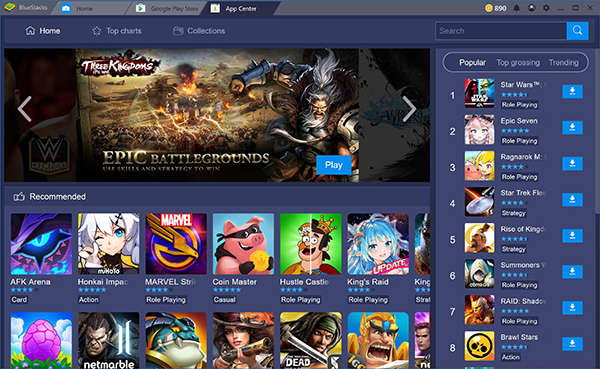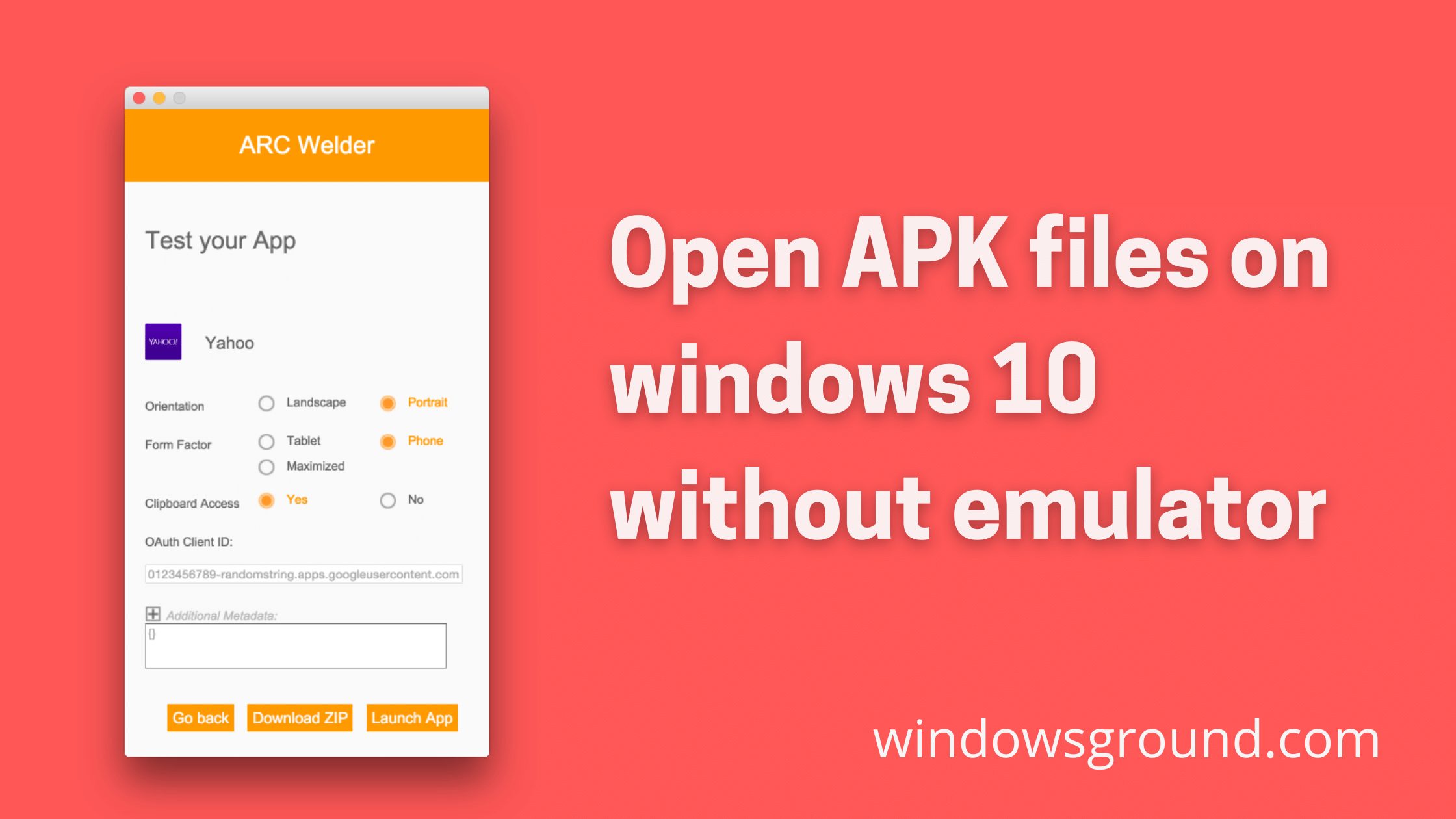
- #RUN APK FILE ON EMULATOR MAC HOW TO#
- #RUN APK FILE ON EMULATOR MAC INSTALL#
- #RUN APK FILE ON EMULATOR MAC ANDROID#
- #RUN APK FILE ON EMULATOR MAC ZIP#
If the 'appWaitPackage' and 'appWaitActivity' caps are specified, AppiumĪutomatically spins until those activities are launched.

appPackage: 'com.helloworld', appActivity='.SayHello') apk + activity + intent ('app' + 'appActivity' + 'appIntent' capabilities)Īctivities may be specified in the following way:.apk + activity ('app' + 'appActivity' capabilities).
#RUN APK FILE ON EMULATOR MAC ZIP#
apk or zip only, the default activity will be launched ('app' capability).The same as when the application is started via adb): There are several ways to start an Appium application (it works exactly Otherwise failing, you can restart it by running: adb kill-server & adb devices If it's not showing any connected devices or
#RUN APK FILE ON EMULATOR MAC ANDROID#
Tools are on your path, you can simply run: emulator -avd Īnd wait for the android emulator to finish launching. Of course, to haveĪ device connected, you'll need to have made an Android AVD. This is the device Appium will use for tests. If you run adb devices, for example, you should see one deviceĬonnected.

You should beĪll set now! Running your test app with Appium (Android)įirst, make sure you have one and only one Android emulator or deviceĬonnected. Whatever host and port you specified when you started Appium). Using your WebDriver library of choice, set the remote session to use theseĬapabilities and connect to the server running at port 4723 of localhost (or
#RUN APK FILE ON EMULATOR MAC INSTALL#
A path to one of the sample app relative to the appium install root. A local absolute path to your simulator-compiled. In this set of capabilities, myApp must be either: Then script your WebDriver test, sending in the following desired capabilities: The best way to see what to do currently is to look at the example tests:īasically, first make sure Appium is running: node. Nothing in particular needs to be done to run your test. Nothing in particular needs to be done to run your. app package that you'll need to communicate with the This creates a build/Release-iphonesimulator directory in your Xcode project Simulator, for example by executing the following command in the Xcode project (you can use xcodebuild -showsdks to see the list of available SDKs): > xcodebuild -sdk iphonesimulator6.0 Test apps run on the simulator have to be compiled specifically for the Running Tests Preparing your app for test (iOS)  Running with multiple versions of Xcode. Automating Mobile Gestures With UiAutomator2 Backend.
Running with multiple versions of Xcode. Automating Mobile Gestures With UiAutomator2 Backend. 
#RUN APK FILE ON EMULATOR MAC HOW TO#
How To Execute Shell Commands On The Remote Device. Activities Startup Troubleshooting Guide. Low-Level Insights on Android Input Events. Now I have searched the internet and have seen many people throw the answers, "You can't." Well you must be able to somewhere because the feature was created for this particular reason and it doesn't work. Doesn't this negate the entire point of having a emulator? Testing the application to see it it works before moving to physical devices? The error message listed above is from a freshly generated build and works on actual iPhones and not the emulator. Provide a valid path to the desired application bundle. Either GUI or command line, the same error returns :Īn application bundle was not found at the provided path. Xcrun simctl install doesn't work no matter the manor the simulator starts. I have followed many webpages only to find that the standard In the same method that one can "drag and drop" apk files to an android emulator, there must be a way to do the same with Xcode. There must be some way to install an application developed to test on the iOS emulator.








 0 kommentar(er)
0 kommentar(er)
